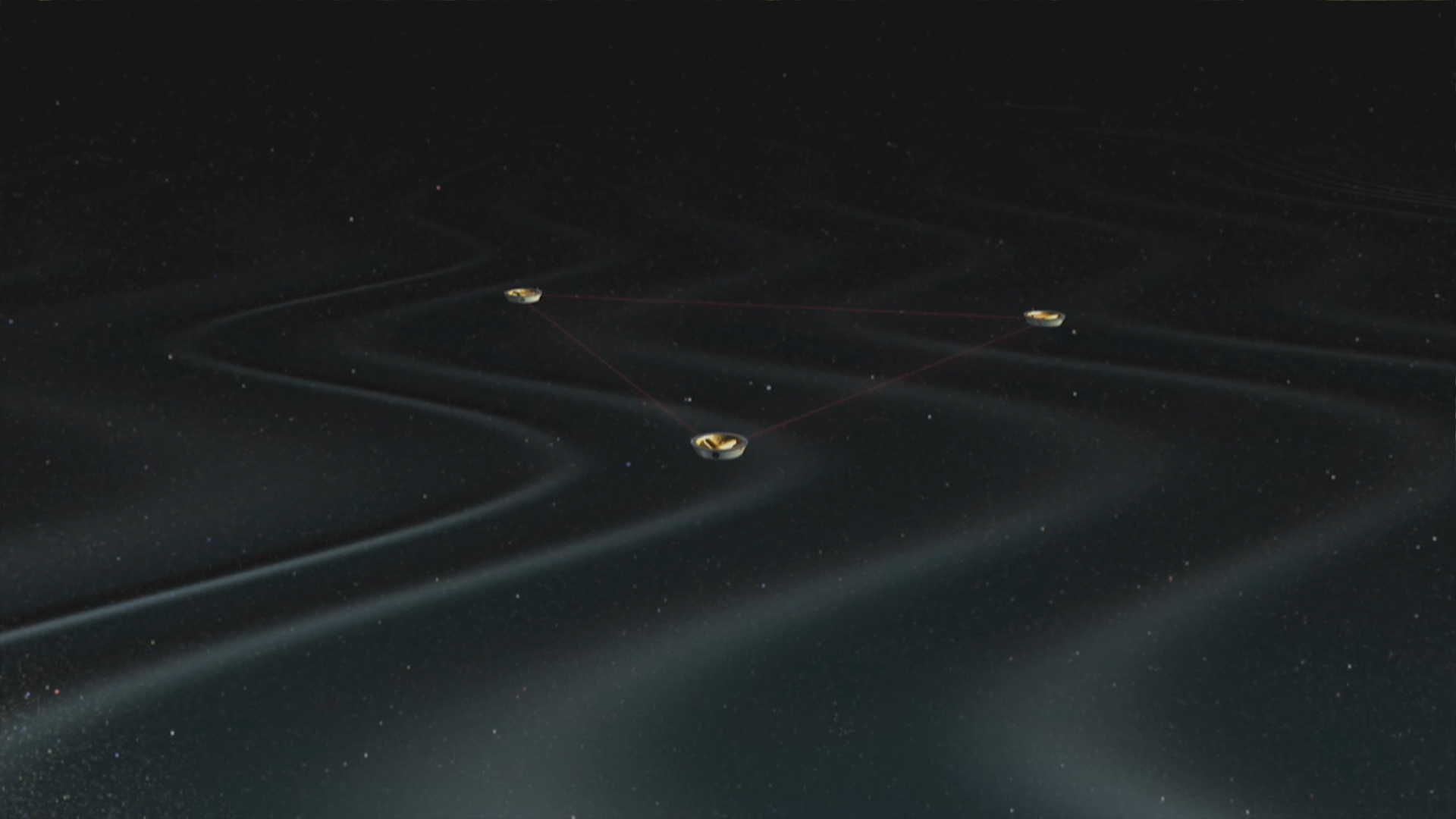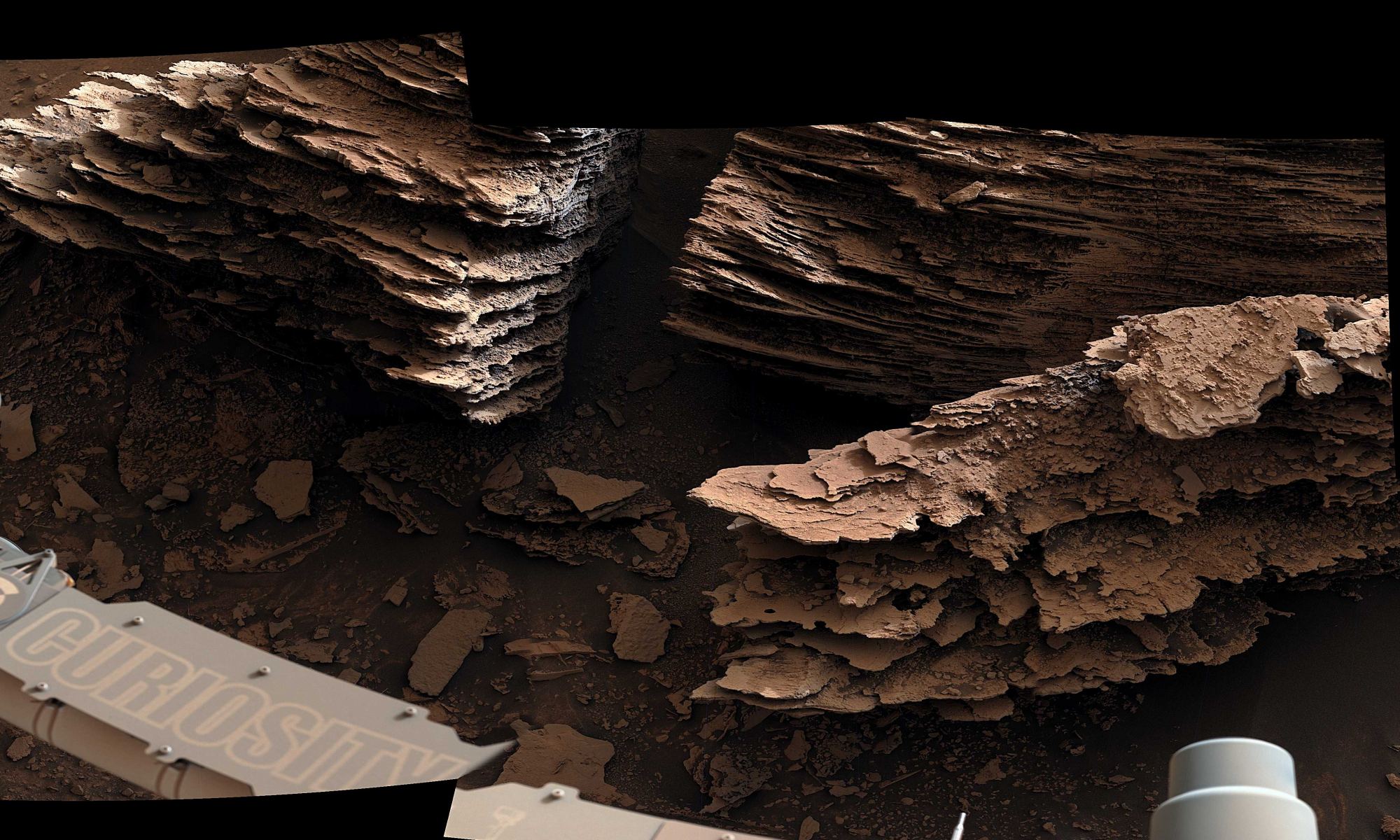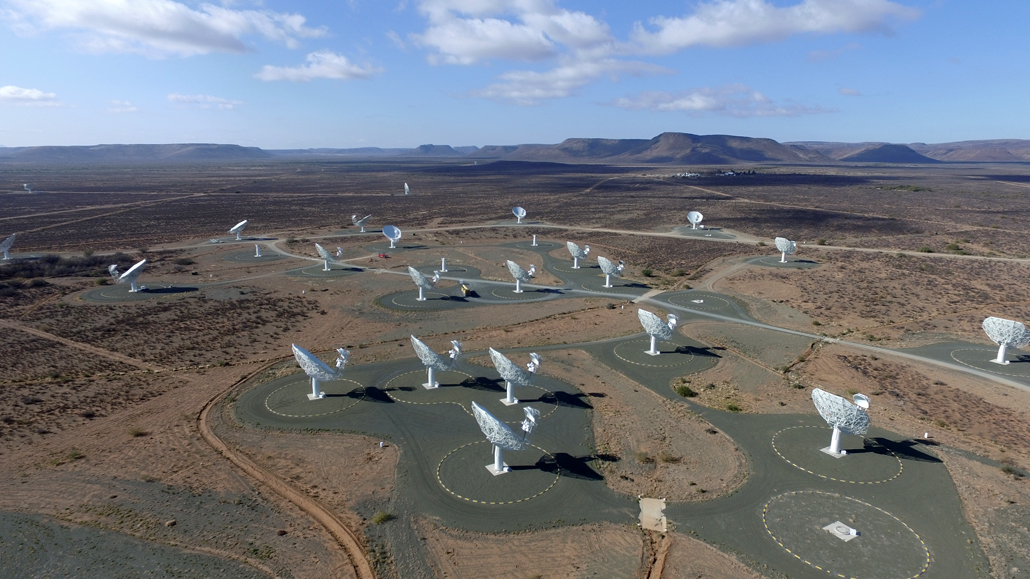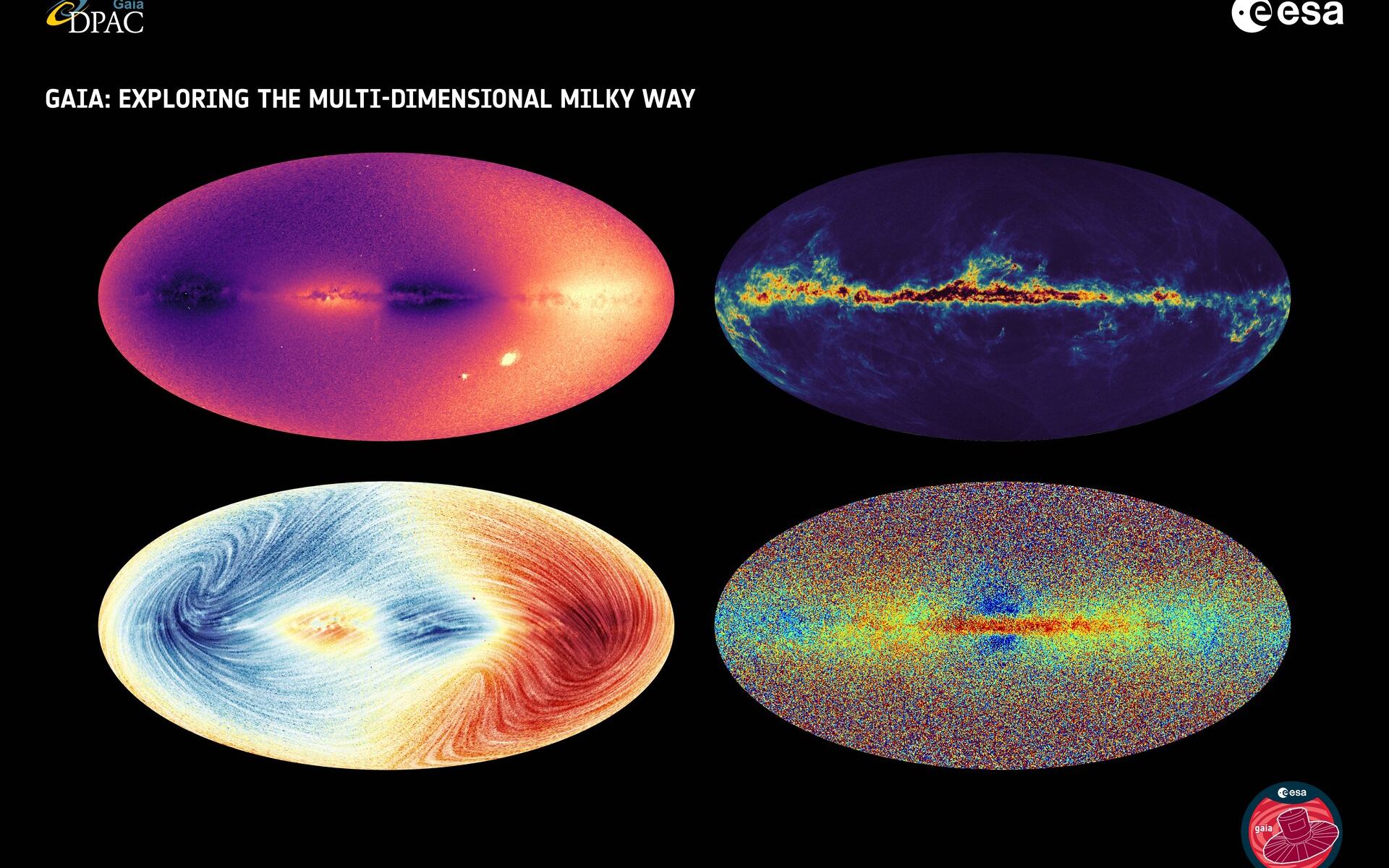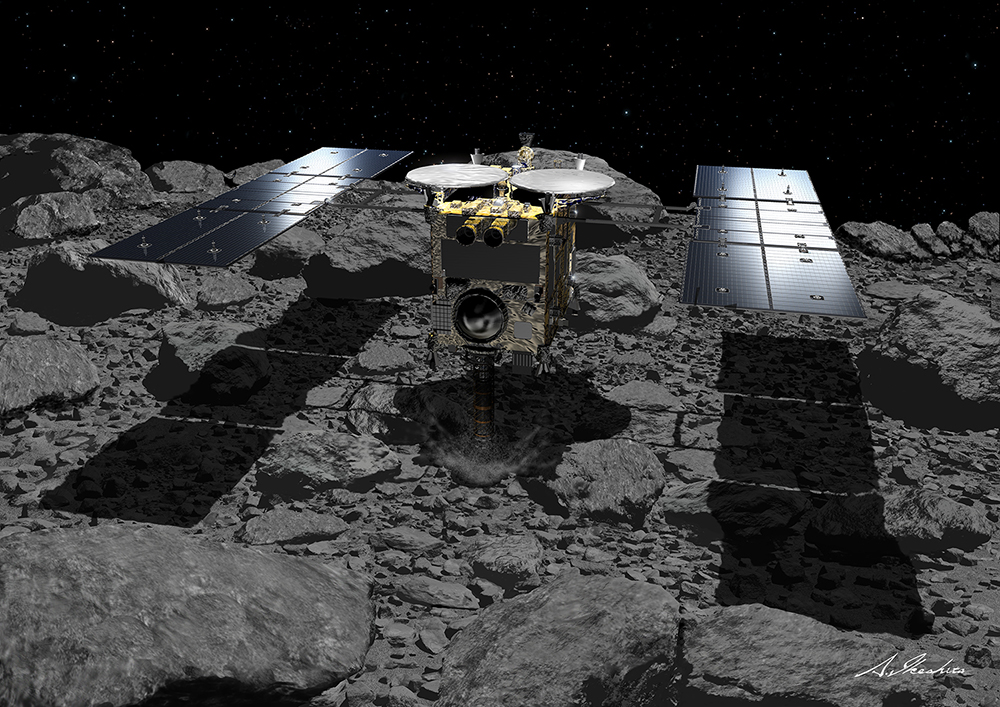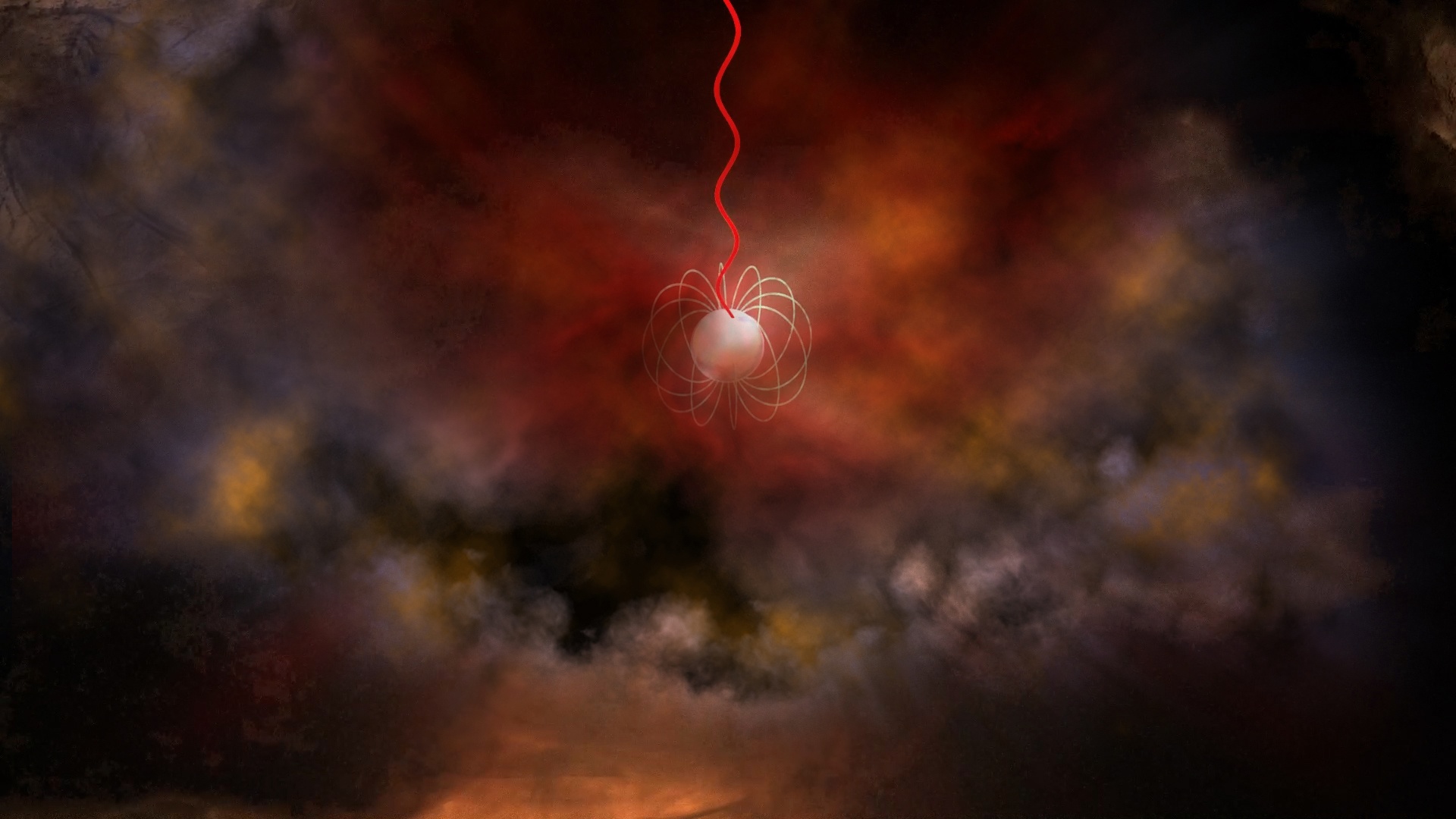On February 11th, 2016, researchers at the Laser Interferometer Gravitational-Wave Observatory (LIGO) announced the detection of gravitational waves (GW) for the first time. As predicted by Einstein’s General Theory of Relativity, these waves result from massive objects merging, which causes ripples through spacetime that can be detected. Since then, astrophysicists have theorized countless ways that GWs could be used to study physics beyond the standard models of gravity and particle physics and advance our understanding of the Universe.
To date, GWs have been proposed as a means of studying Dark Matter, the interiors of neutron stars and supernovae, mergers between supermassive black holes, and more. In a recent study, a team of physicists from the University of Amsterdam and Harvard University has proposed a way where GWs could be used to search for ultralight bosons around rotating black holes. This method could not only offer a new way to discern the properties of binary black holes but could lead to the discovery of new particles beyond the Standard Model.
Continue reading “We Could Discover new Kinds of Particles Around Black Holes Through Gravitational Waves”
